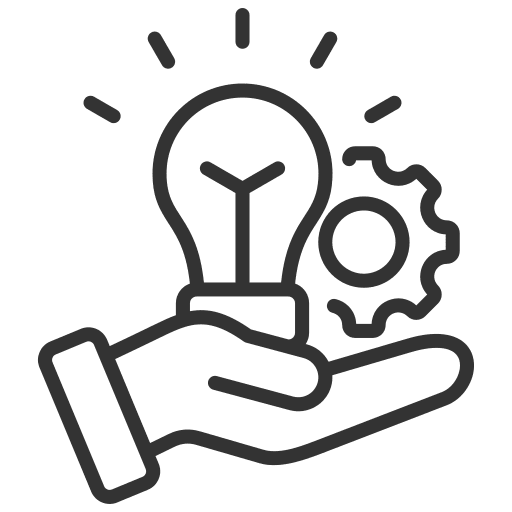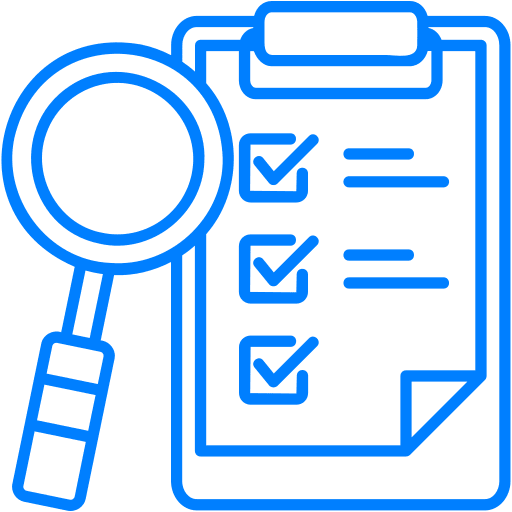
Speed, complexity, and constant disruption now define the business environment. To thrive, companies need more than just functional IT—they need IT that is built to adapt, scale, and endure. When systems are stitched together reactively, they become fragile, hard to maintain, and costly to evolve.
A forward-looking IT strategy must do more than meet current needs. It should serve as a stable, strategic framework that supports continuous growth and innovation.
At dotparc, we believe the key lies in structured thinking, scalable design, and transparent execution. Here’s how you can apply these principles to future-proof your IT strategy.
1. Start with Architecture, Not Ad Hoc Tools
Just as you wouldn’t build a house without a blueprint, your IT strategy needs structure. That starts with a holistic view of your organization—your teams, processes, data, and compliance landscape.

Actionable Step

Practical Example
2. Build on Standard, Proven Technologies
Future-proofing doesn’t mean chasing trends. It means choosing tools that are stable, secure, and continuously developed by vendors with long-term roadmaps.

Actionable Step

Practical Example
3. Think Modularity and Scalability from Day One
Rigid IT systems are difficult—and expensive—to adapt later. The goal is modularity: every layer of your IT environment should be replaceable, upgradable, or extendable.

Actionable Step

Practical Example

4. Prioritize Documentation and Transparency
A future-ready system isn’t just about technology—it’s about control. That comes through documentation. If only one person knows how a process works, you’re vulnerable.

Actionable Step

Practical Example
5. Think Beyond Go-Live: Support and Evolution
IT isn’t static. Your business will grow, security risks will change, and new tools will emerge. That’s why post-deployment support needs to be strategic—not just technical.

Actionable Step

Practical Example
In Summary
Future-proofing your IT strategy isn’t about predicting the future. It’s about designing with flexibility, building on standards, and partnering for long-term evolution.
At dotparc, we don’t sell tools—we design digital foundations. Whether you’re launching your first cloud-based system or operating across borders, our methodology ensures your IT remains an asset, not a liability.
Let’s build your IT future—with structure, intelligence, and purpose.
Ready to upgrade your online presence?
Book a free discovery call or contact our team for a no-obligation consultation.

